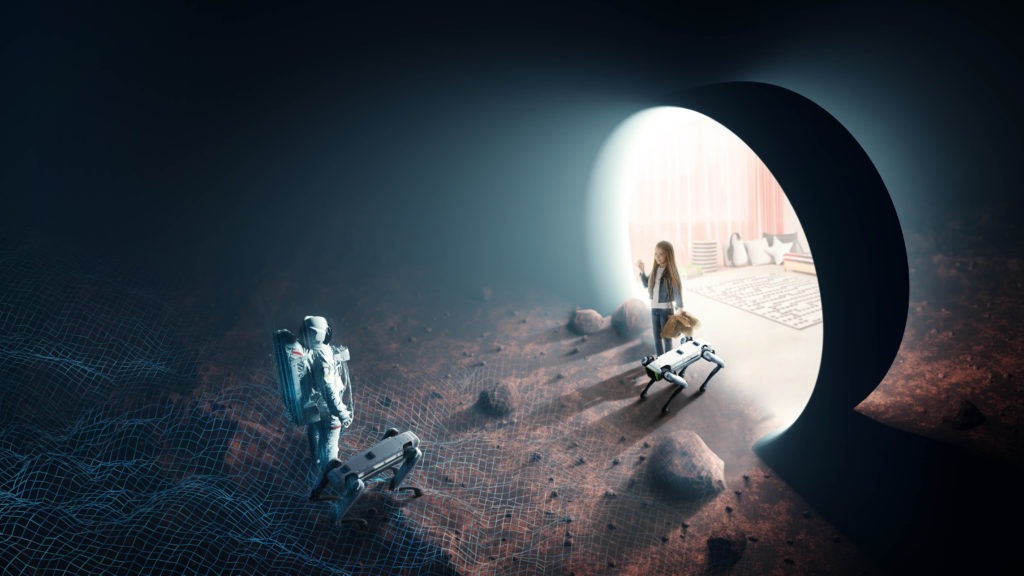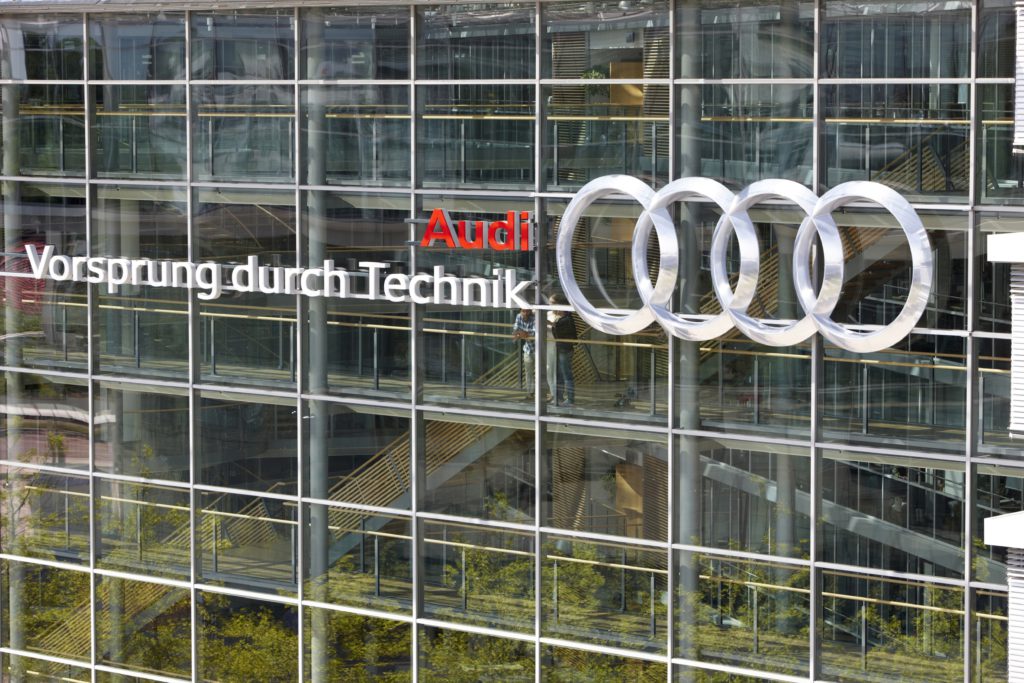CES 2022: Hyundai reveals its ‘Metamobility’ concept
05 January 2022

Hyundai has unveiled plans to offer ‘mobility through the metaverse’ during its CES 2022 presentation. The company highlighted its work in the field of robotics, and what advances in this market can offer the future of mobility.
Under the theme of ‘Expanding Human Reach’, Hyundai highlighted how things will move beyond traditional means of transportation in the future, fulfilling unlimited freedom of movement for humankind. This new era of mobility will use the metaverse, the virtual world in which no physical limitations apply.
The company sees robotics and mobility as complimentary, each accelerating development of the other. Having acquired Boston Dynamics last year, Hyundai is increasing its focus on advancing robotics to enhance human life through a range of mobility solutions. It terms this the ‘Mobility of Things (MoT) ecosystem.
New world

To support its vision, Hyundai revealed its concept of ‘Metamobility’ to pioneer a smart-device metaverse connection that will expand the role of mobility to virtual reality (VR). This would allow people to overcome the physical limitations of movement in not only time but space. Hyundai also shared its vision of how robots will act as a medium between the real world and virtual spaces, enabling users to make changes in the metaverse to be reflected in reality.
According to the business, the distinctions between future mobilities will be blurred thanks to the further development of robotics technology, including AI and autonomous driving. Diverse mobilities, including vehicles and the company’s Urban Air Mobility (UAM) concept, will also help serve as smart devices for access to the metaverse platform.
‘We envision future mobility solutions made possible by advanced robotics – even expanding our mobility solutions to Metamobility,’ Euisun Chung, executive chair of Hyundai Motor Group, told the audience at CES. ‘This vision will enable unlimited freedom of movement and progress for humanity.’
Going meta
Hyundai believes that the metaverse will become more important in our daily lives, with new technologies allowing it to move from VR to a world parallel to reality. The company expects that current and future mobility platforms, such as vehicles and UAM, will serve as smart devices to access virtual spaces, while robotics will act as the medium to connect both worlds.
For example, a vehicle that connects to virtual spaces can allow users to enjoy various in-car VR experiences. Depending on the user’s needs, a car can be transformed into an entertainment space, a meeting room for work or even a 3D video-game platform.
Unlike the current incarnation of VR where user experiences are not reflected in the real world due to technological limitations, future metaverse users will be able to affect changes in the real world through robotics and digital-twin technology, a virtual representation of a physical object, place or process that will be made possible by further advancements in sensors and actuators.
Users could access a digital twin of their home in the metaverse while far away, for example. Chang Song, Hyundai Motor Group president and head of Transportation-as-a-Service (TaaS), told journalists that, in theory, he could be at CES and visit his home in Korea, feeding or hugging a pet, and enjoying that real-world experience through VR.
Another example offered by the company in a video presentation saw a teacher and student study the surface of Mars, while a Boston Dynamics ‘Spot’ robot deployed on the surface of the planet, feeding back both live conditions to the virtual world, and physical feelings – such as the texture of rocks and environmental conditions – to give a true experience. This exploration took place in a futuristic road-vehicle concept.
‘The idea behind Metamobility is that space, time and distance will all become irrelevant. By connecting robots to the metaverse, we will be able to move freely between both the real world and virtual reality. Going one step further from the immersive ‘be there’ proxy experience that the metaverse provides, robots will become an extension of our own physical senses, allowing us to reshape and enrich our daily lives with Metamobility,’ added Song.
Modular concepts
During the event, Hyundai also revealed its Plug & Drive (PnD) and Drive & Lift (DnL) modular platforms as all-in-one solutions for its unlimited MoT ecosystem. The platforms will allow for traditionally inanimate objects, from small items to community spaces, to gain mobility using robotics.
Dong Jin Hyun, vice president and head of Hyundai Motor Group Robotics Lab, highlighted the new PnD module, a single-wheel robotics platform that combines intelligent steering, braking, in-wheel electric drive and suspension hardware that can be scaled up or down, for any purpose, size or application. LiDAR and camera sensors allow a PnD-enabled object to move autonomously.
The demonstration included PnD units moving pot plants into well-lit areas, and powering personal-mobility pods both inside and out. On a large scale, the units were able to provide mobility to mobile hospital units, for example, bringing medical facilities to the user rather than having them travel to a fixed location. These modules could also connect, creating a hospital at any location.
The company also exhibited the MobED (Mobile Eccentric Droid) small mobility platform that uses the DnL module, an eccentric wheel mechanism, combining the drive, steering, and braking systems in one structure. With DnL mounted on each wheel, MobED can lift the platform up and down, so the body can stay level as it traverses uneven terrain or low barriers such as steps or speed bumps.



